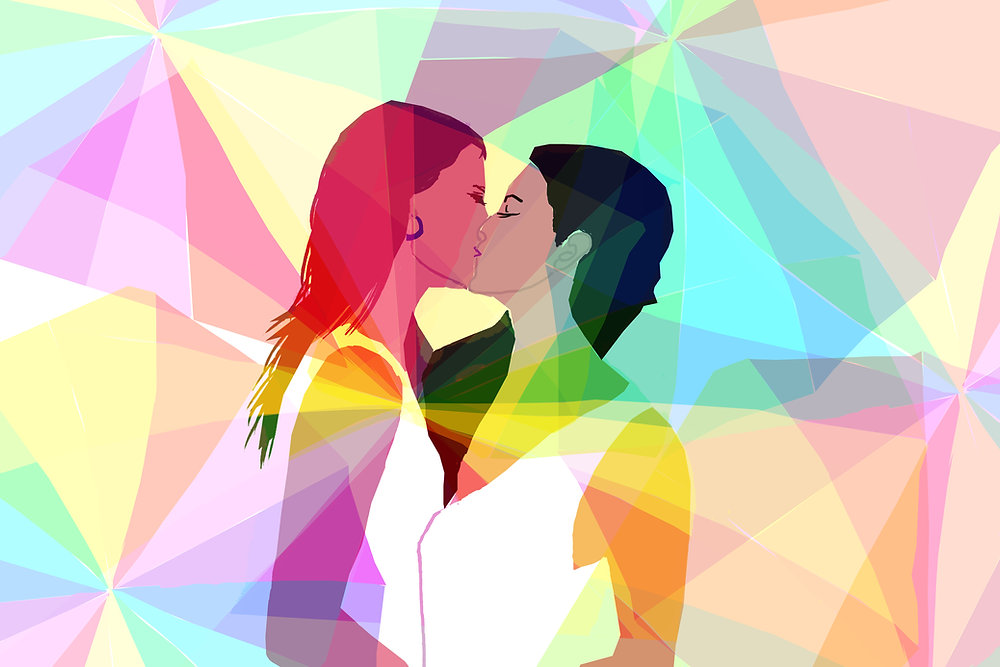The late 1990s and 2000s saw a rise in strong female-centric narratives. Filmmakers like Sofia Coppola (Lost in Translation), Greta Gerwig (Lady Bird), and Kathryn Bigelow (The Hurt Locker) brought complex women to the screen—from introspective and flawed to powerful and heroic. The Bechdel Test, devised in 1985, gained mainstream traction as a quantitative litmus test for gender representation.
Advertisement
Representation of LGBTQ+ identities followed a similar arc. Earlier portrayals were often coded, stereotypical, or relegated to subtext—as seen in films like The Children’s Hour (1961) or The Boys in the Band (1970). New Queer Cinema in the early 1990s—directed by filmmakers like Todd Haynes (Poison, 1991) and Cheryl Dunye (The Watermelon Woman, 1996)—reclaimed LGBTQ+ stories from the margins.
In recent years, mainstream representation has become more authentic and varied. Films like Moonlight (2016) and Portrait of a Lady on Fire (2019) gained Oscar recognition, portraying nuanced, intersectional queer experiences. Transgender narratives like A Fantastic Woman (2017) and shows like Pose (2018–) foregrounded trans voices beyond token casting.

